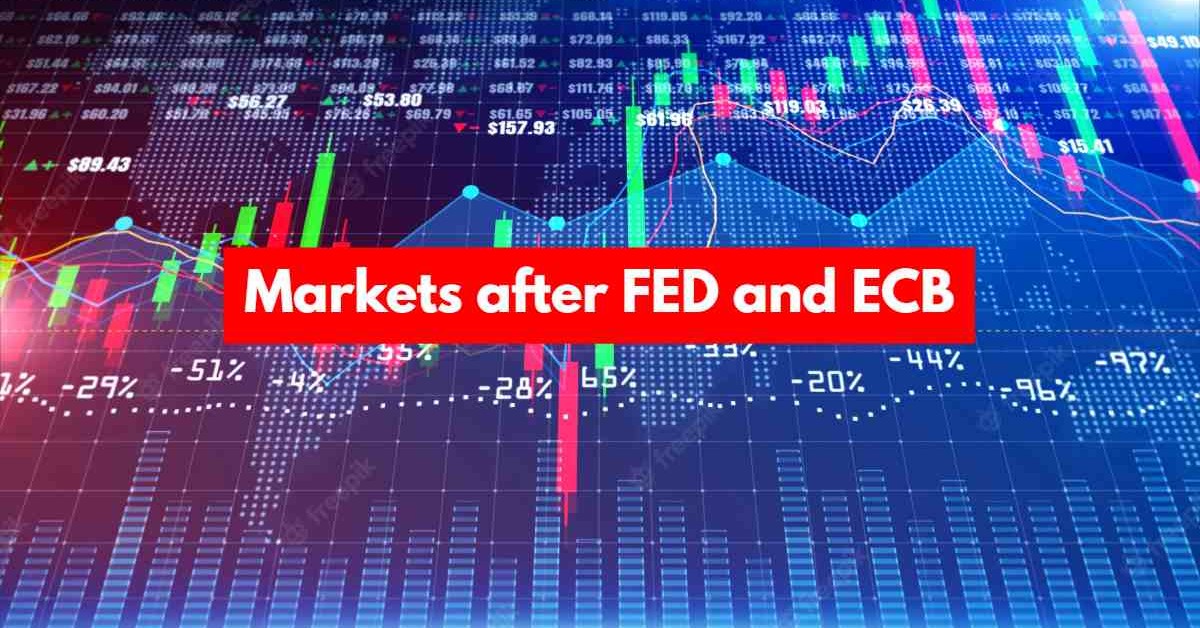Hawkish stances affected the stock markets across the globe.
While Federal Reserve FOMC released hawkish hints, especially in its rate hikes and inflation estimates, ECB also noted that its policies are becoming tight.
Like Fed and BoE, the European Central Bank also raised its key rate from 1.5% to 2% with a smaller rate hike. However, the hawkish stance is seen in its plan to reduce the balance sheet. ECB announced that from the beginning of March 2023, it would reduce its balance sheet by 15 billion euros ($16 billion) per month on average until the end of June 2023. ECB also noted that the pace of decline would depend on economic conditions. Also, they will announce more details about the reduction of its asset purchase program (APP) holdings in February.
One of the parts that were noticed in the statement was this part: “The Governing Council judges that interest rates will still have to rise significantly at a steady pace to reach levels that are sufficiently restrictive to ensure a timely return of inflation to the 2% medium-term target,” Hawkish ECB put the stocks under pressures but helped the Euro against its crosses to raise.
Before ECB, the Federal Reserve FOMC announced its last interest rate resolution, policy statement, and economic forecast for this year. Fed increased the rates by 50 basis points to a range of 4.25%-4.50%, as was wieldy expected. Like ECB, announcements almost had nothing to surprise, but economic and inflation projections and expectations raised the recession risks.
2023 Projections, compared with its September estimates of 2022
- Real GDP 2023: 0.5%, down from 1.2%
- Unemployment Rate: 4.6%, up from 4.4%
- PCE Inflation: 3.1%, up from 2.8%
- PCE Core Inflation: 3.5%, up from 3.1%
- The GDP range for 2023 is -0.5 to 1.0 percent, down from -0.3 to 1.9 percent.
- The interest rate range for 2023 is 4.9 to 5.6%, up from 3.9 to 4.9 percent in September.
These numbers show that Fed sees the inflation and unemployment at much higher levels while decreasing the DGP growth expectations. Also, while in its announcement, the Fed never predicts a recession, some members expect to see negative GDP numbers as well. The expected range shows that at least one member predicted negative GDP for the year.
In summary, central banks still emphasize inflation risks and see much higher than expected levels. Therefore, we must wait to continue the hawkish policies, which means more pressure on the stock markets and demand for a US dollar haven.


















